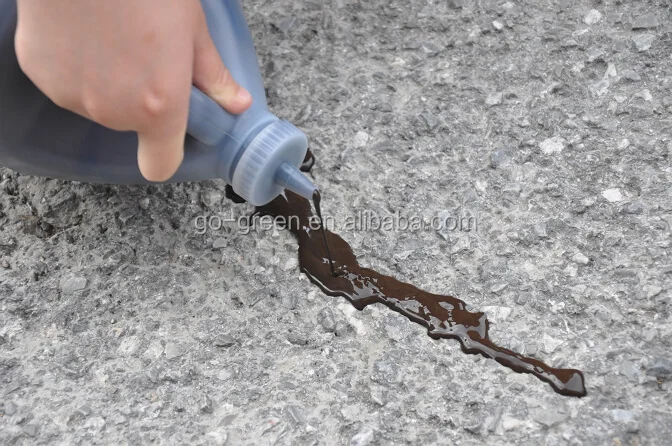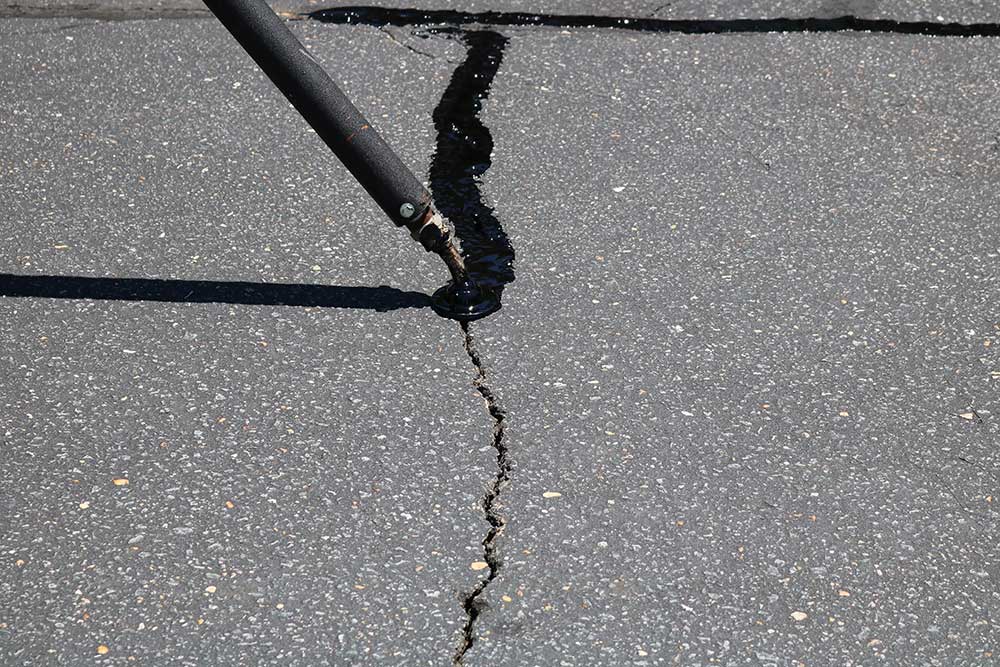
To answer the question, we start with a definition of terms. However, when it comes to conducting and following the research, a better definition is needed.
Rubberised asphalt emulsion crack filler crack#
Crack filling is generally installing crack filler (non-specialized material). What is the difference between Crack Sealing & Crack Filling?įor simplicity, crack sealing is generally installing crack sealant (specialized material) which may or may not include a reservoir. If annual inspection is not possible, previously sealed cracks should be assessed every 3 years, the time it potentially takes for a crack to turn into a pothole. Visually inspect previously sealed cracks every year to identify failures and repair as needed.Cracks greater than 1/8” (3 mm) must be sealed to achieve the best protection of the pavement. Visually inspect pavements every year to identify and seal new cracks.The longer the cracks remains sealed, the longer the pavement will perform.Sealing cracks quickly after they develop reduces the damage to the pavement.Pavement cracking is inevitable – it is going to happen.If you want to get the most service life from your pavement, crack seal early and often! Again, crack sealing as a pretreatment improves other surface treatments. Microsurfacing alone resulted in only 15% less cracking vs.
Rubberised asphalt emulsion crack filler plus#
In another example, crack sealing plus microsurfacing resulted in 60% less cracking vs. The chip seal only treatment had already deteriorated back to be equivalent to the “control” pavement that had no treatment completed at all. For example, a study showed that when crack sealing was completed as a pre-treatment to a chip seal, 100% less cracking developed after 2 years of observation in comparison to a chip seal only treatment. Crack sealing can slow the rate of their formation in pavements over time.Ĭrack sealing as a pretreatment improves the effectiveness of other surface treatments in asphalt pavements. In one study, after 2 years of observation, 75% less cracking was observed in a pavement that was crack sealed in comparison to a pavement that received no treatment at all. However, crack sealing has been proven in studies to slow the rate of cracking.


In drastic comparison, only approximately 1% of cracks that have been sealed will form into potholes within 3 years.Ĭracks are inevitable and are going to develop as the asphalt pavement continues to oxidize and deteriorate.

If your goal is to preserve your pavement for the longest period at the lowest cost you must crack seal.Īpproximately 75% of cracks in asphalt pavement form into potholes within 3 years if they are not sealed. Simply stated, a dollar spent crack sealing returns more benefit than a dollar spent with other preservation treatments. In asphalt pavements, the next lowest cost pavement preservation treatment is a single chip seal which is approximately a whopping 4 times more expensive. In an independent study, sealing cracks in pavement (crack sealing) has proven to be the lowest cost pavement preservation treatment available by far.


 0 kommentar(er)
0 kommentar(er)
